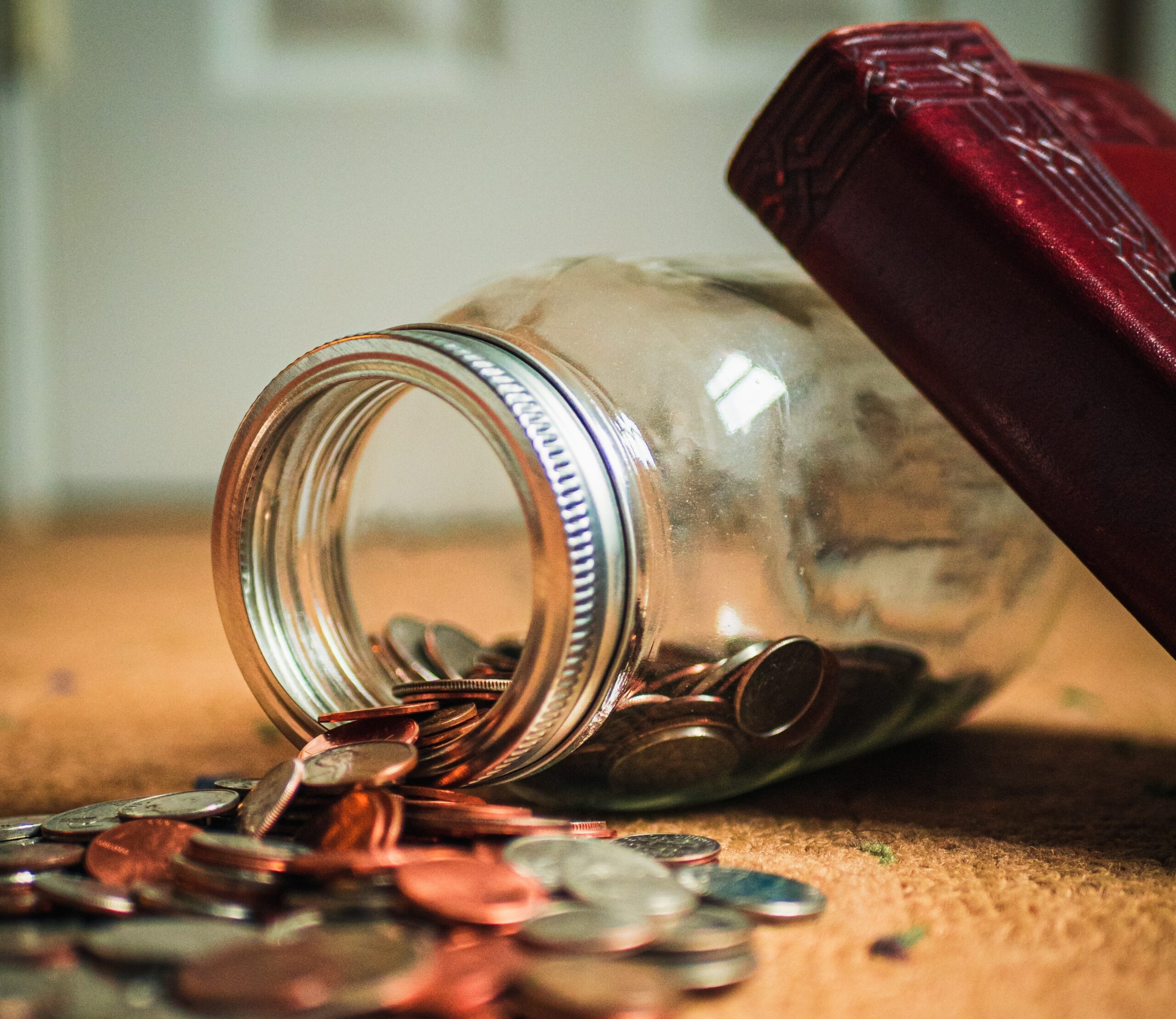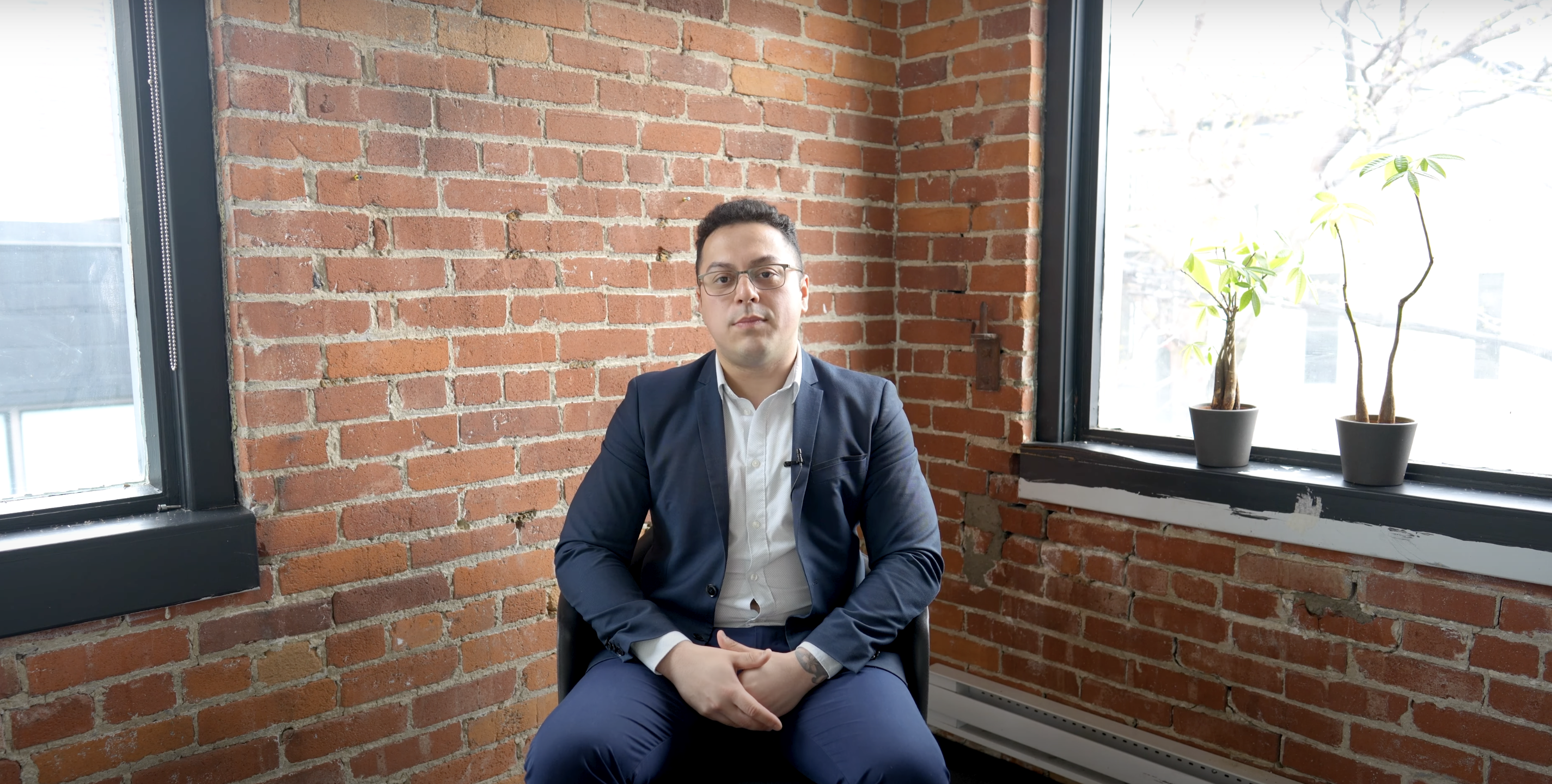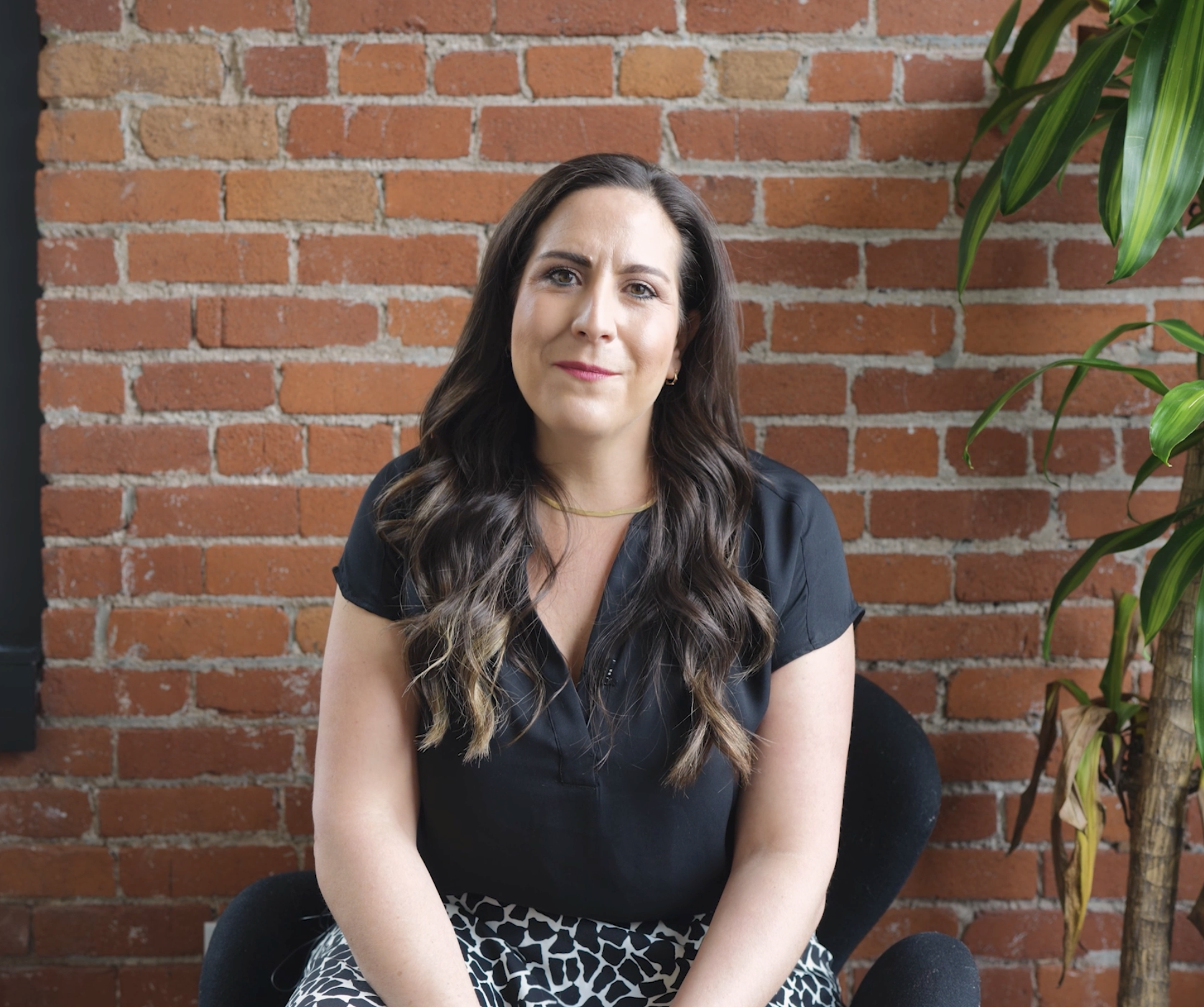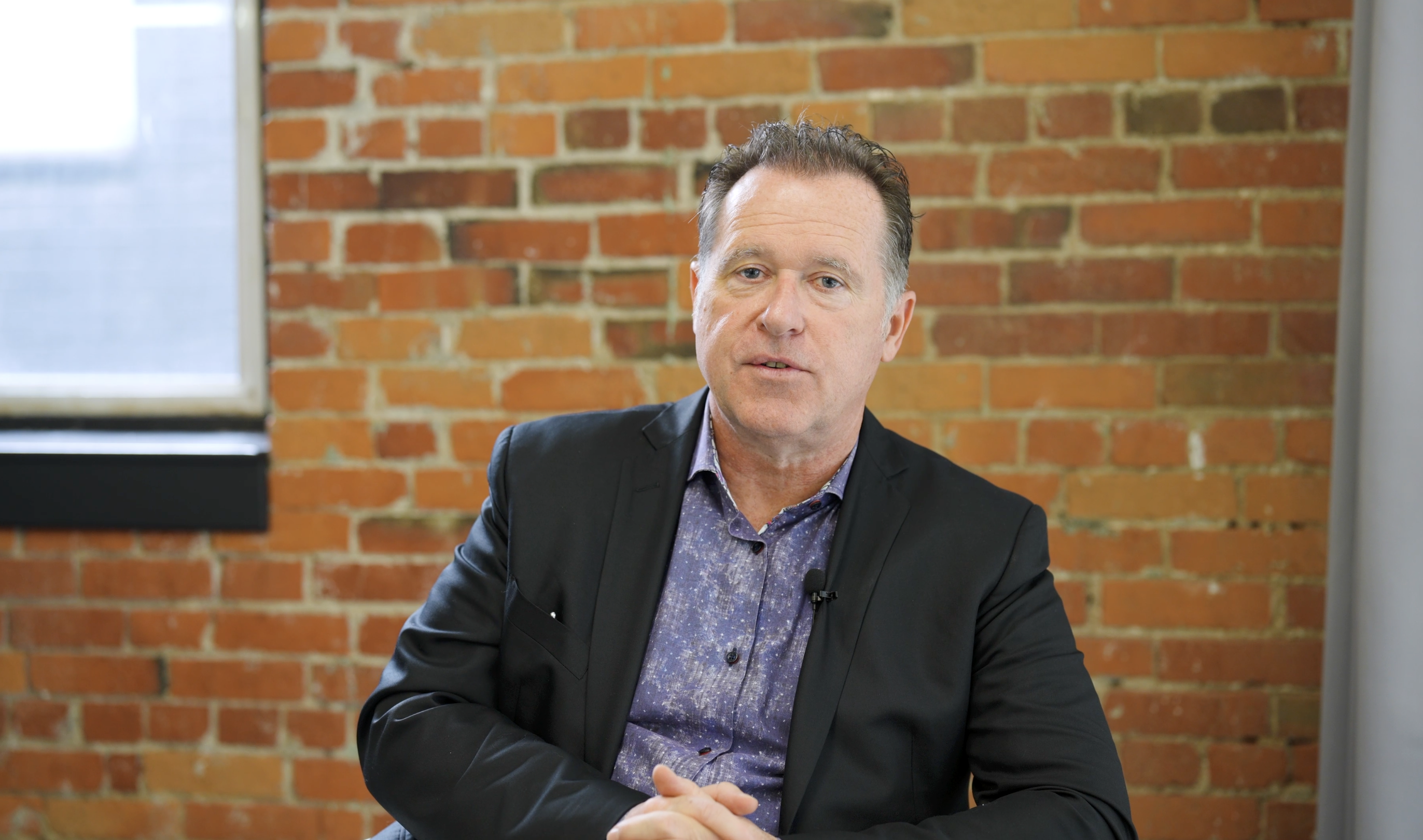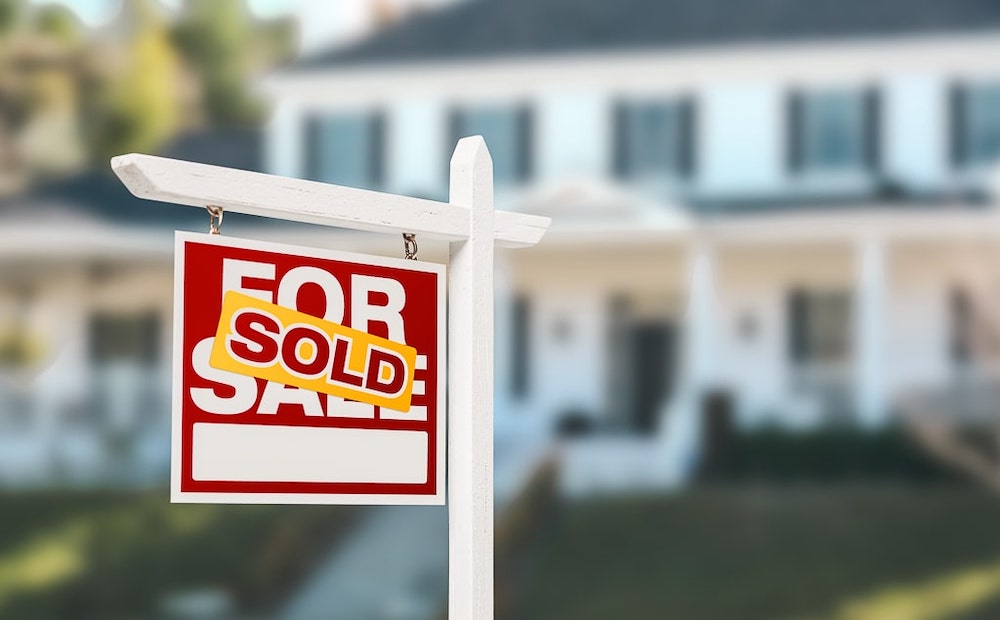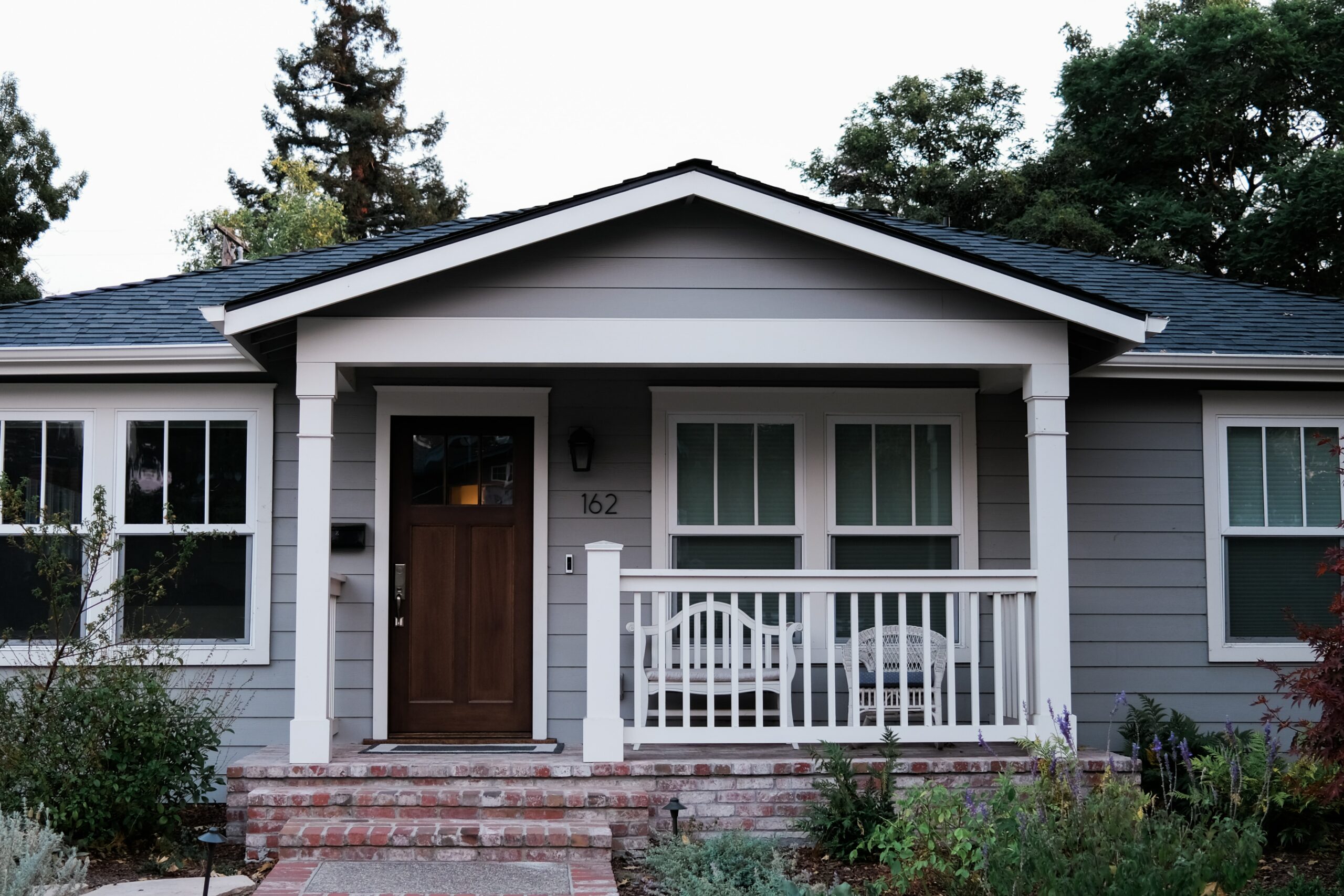Buying a home is a significant milestone for many of us. But, with home prices rising faster than you can save, coming up with down payment can be a major hurdle.
The good news? The First Home Savings Account can help you get there sooner.
What is a First Home Savings Account?
The First Home Savings Account (FHSA) was introduced in the federal government’s 2022 budget as a way to help first-time homebuyers save for their down payment.
Officially launched in April 2023, the FHSA is a registered savings plan that allows Canadians to save up to $40,000 tax-free for their first home.
How does a FHSA work?
Eligible homebuyers can contribute up to $8,000 annually, up to a maximum of $40,000, to put towards the down payment on their first home. Then, when you’re ready to buy or build your home, you can withdraw your FHSA funds tax-free.
Combining features of the Registered Retirement Savings Plan (RRSP) and the Tax-Free Savings Account (TFSA), the FHSA provides both tax-deduction benefits and enables tax-free growth on investments.
The funds in your FHSA must be used within 15 years of creating your account, or before you turn 71, whichever comes first. If you haven’t used your savings by that time, you can move your FHSA savings into an RRSP, without having to pay taxes on that amount or have it impact your RRSP contribution room.
If you decide to use the funds in your FHSA for purposes other than buying a home, the money will be added to your income and taxed accordingly.
Who qualifies for a FHSA?
To use this new account, you must meet three basic eligibility requirements:
1. You must be a Canadian resident;
2. You must be at least 18 years old, or the age of majority in your province or territory; and
3. You must be a first-time homebuyer, meaning you have not lived in a home that you or your spouse/partner owned in the current calendar year or any of the previous four calendar years.
How does the FHSA compare to my TFSA or RRSP?
The FHSA offers the best features of both the TFSA and the RRSP, which is what makes it so valuable.
When you contribute funds to your FHSA you’ll receive a tax deduction on your contributions, like you do when contributing towards an RRSP. Then, you can invest your FHSA contributions in stocks, ETFs, options, and more, with all interests and dividends compounding tax-free.
Once you’re ready to buy your first home, you can withdraw your funds with all the benefits of the TFSA’s tax-free withdrawals.
Like both the TFSA and RRSP, the FHSA does have an annual contribution limit of $8,000 per year. Though, like with the TFSA and RRSP, if you don’t reach your annual limit, you do have the option to carry-forward to the next year, though the FHSA limits this carryover amount to $8,000.
Can I use the FHSA, and other government savings accounts, when I co-buy with Ourboro?
Yes, Ourboro co-buyers are welcome to use a FHSA account when saving for their down payment.
Co-buyers can also withdraw funds from their RRSP for their down payment, using the government’s Home Buyer’s Plan for first-time homebuyers. However, unlike the FHSA, the amount you withdraw must be repaid to your RRSP within 15 years.
Should I use the FHSA?
Although the introduction of the FHSA isn’t going to solve the issue of high home prices, it is a great way to build your down payment while you keep an eye on the market.
By putting your savings in an FHSA first, before your TFSA or RRSP, you can pay less tax or get a larger refund. Then, those additional funds can be saved to put towards your down payment or used to pay down debts, both of which help move the goal of homeownership a little bit closer.
While the FHSA $40,000 limit won’t be enough to save a full 20% down payment on your own, it can help you save the 5% minimum you need to co-buy with Ourboro. Have questions? Contact us or get started with an application today.
